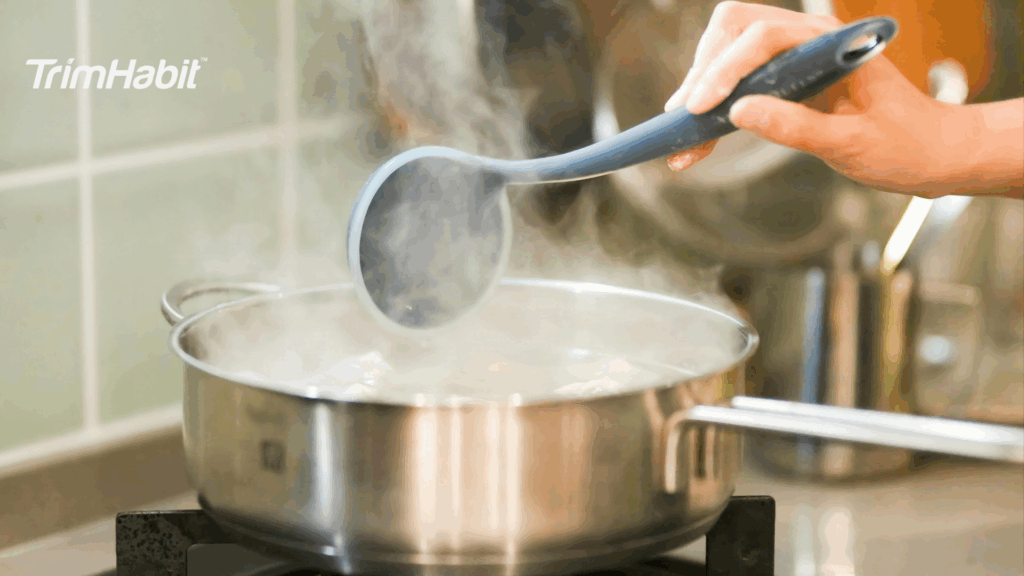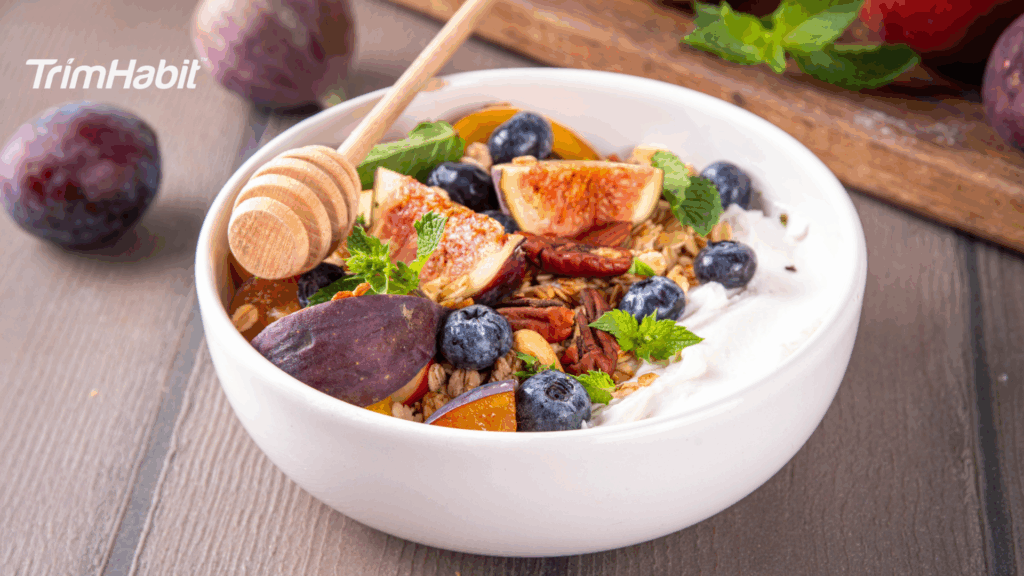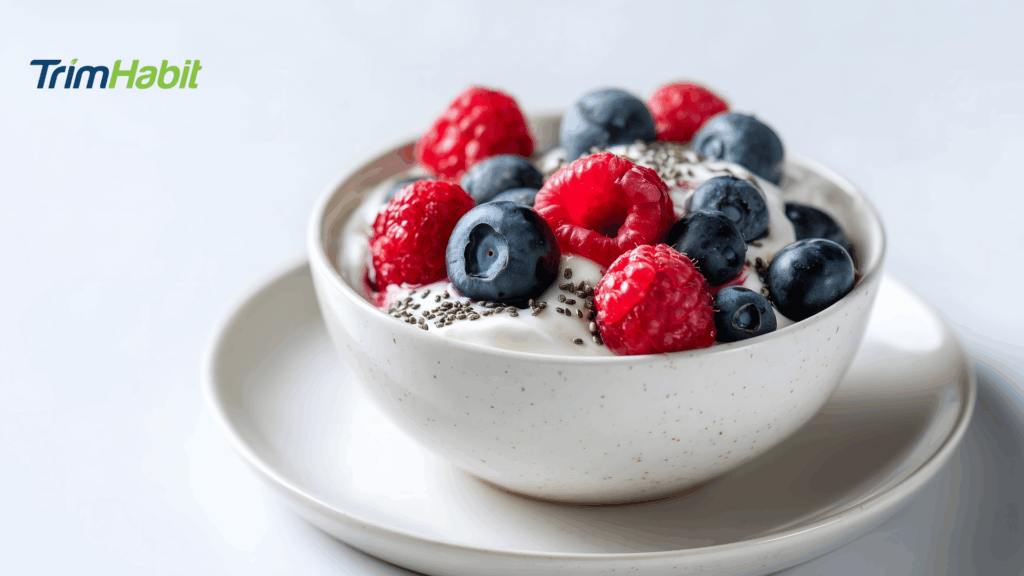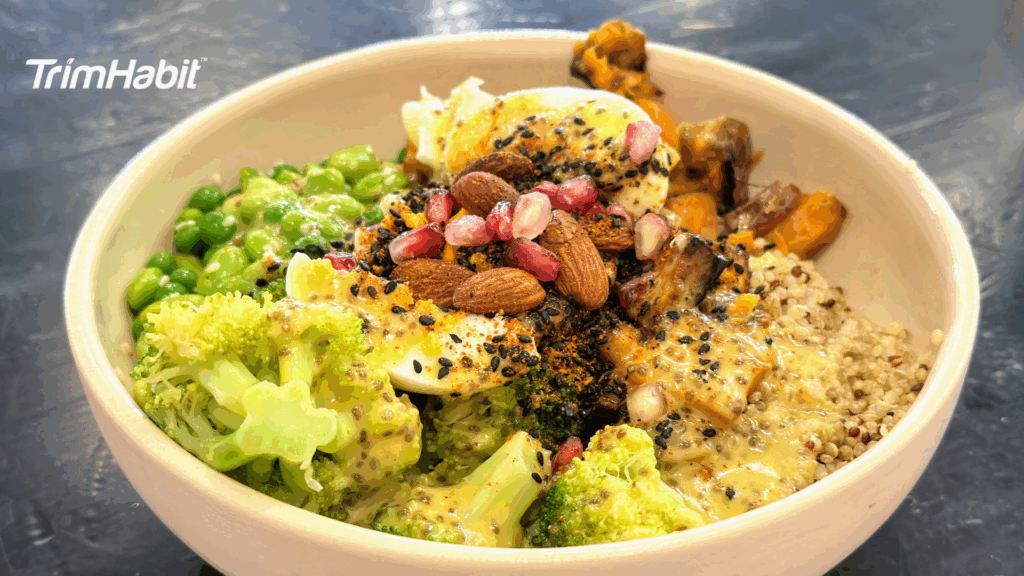Starting semaglutide can feel like a major step toward better health. This weight loss medication, also used for managing diabetes, works by mimicking a natural hormone in your body to slow digestion and lower appetite. While it can be a great tool for supporting weight loss and blood sugar control, it often comes with side effects that affect your digestive system. Many people experience gastrointestinal symptoms like nausea, acid reflux, stomach pain, or even abdominal discomfort as the body adjusts.
One of the most practical ways to ease these side effects is to focus on gentle foods for an upset stomach on semaglutide. Choosing what to eat plays a key role in minimizing digestive discomfort, keeping your blood sugar levels steady, and helping you stay on track with your health goals.
This guide will walk you through the best foods to eat, why they help, and how to adjust your eating habits so you can support your weight loss journey without making your upset stomach worse.
Why Semaglutide Affects Digestion
Semaglutide slows down the digestive process, which helps you feel fuller longer and makes it easier to lose weight. That effect is helpful for weight management, but it can also trigger gastrointestinal discomfort1,2. When food stays in the stomach for longer, certain foods are more likely to exacerbate nausea, cause acid reflux, or lead to stomach pain.
Your digestive system may also respond differently to high-fat foods, fried foods, or greasy foods once you begin treatment. These options tend to linger in the stomach and can worsen digestive issues. On the other hand, eating easily digestible foods in smaller meals can help minimize discomfort and give your body time to adjust.
The Importance Of Choosing Gentle Foods
When you focus on eating foods that are easier to digest, you reduce stress on your stomach lining and digestive system. Gentle foods provide essential vitamins, deliver nutritional benefits without overwhelming your stomach, and allow you to stay consistent with your healthy lifestyle. They also make it easier to stay hydrated, avoid persistent symptoms, and maintain steady blood sugar control.
In learning which foods to eat and which ones to avoid, you can build a balanced diet that supports both weight loss and better health while minimizing gastrointestinal symptoms.
Gentle Foods To Eat On Semaglutide
Here are categories and examples of foods to eat that may help alleviate nausea and minimize discomfort:
Lean Proteins
Lean proteins like chicken breast, turkey, eggs, or white fish are easy to digest and provide essential vitamins and nutrients. These support muscle maintenance during a weight loss journey without overwhelming your digestive system the way fatty foods or processed meats can.
Whole Grains
Whole grains such as brown rice, oatmeal, or quinoa provide fiber-rich foods that support digestion. Unlike highly processed foods, they release energy slowly, which helps with blood sugar control and lowering blood sugar levels throughout the day.
Non-Starchy Vegetables
Non-starchy vegetables like spinach, zucchini, cucumbers, and green beans are gentle on the stomach and deliver nutritional benefits. These vegetables add volume to meals without excess calories, supporting weight loss and better health.
Easily Digestible Foods
When your upset stomach is at its worst, easily digestible foods such as plain toast, crackers, or simple soups can calm the digestive system. These options minimize discomfort while still keeping food intake consistent.
Fiber Rich Foods in Moderation
Fiber intake is important, but too much too quickly can worsen digestive issues. Kidney beans, lentils, or other legumes can be eaten in smaller meals to avoid abdominal pain. Pairing them with lean proteins and non-starchy vegetables makes them easier to digest.
Herbal Teas and Ginger Tea
Herbal teas, especially ginger tea, have natural anti-nausea properties. Drinking them throughout the day can alleviate nausea and provide comfort to your stomach lining. They also encourage you to stay hydrated, which is key for supporting weight loss and digestive health.
Foods To Limit Or Avoid
Not all foods work well when you are on semaglutide. Certain foods are known to trigger gastrointestinal symptoms or make them worse:
- High-fat foods and fatty foods: These slow digestion and can worsen stomach pain or exacerbate nausea.
- Fried foods and greasy foods: Hard to digest and often linked to acid reflux.
- Highly processed foods and processed meats: They often contain additives and excess salt that irritate the digestive system.
- Sugary foods and high sugar foods: They can spike blood sugar levels and leave you feeling sluggish.
- Sugary drinks: These contribute little to a healthy diet and may worsen low blood sugar swings.
- Spicy foods: These can irritate the stomach lining and worsen gastrointestinal discomfort.
- Large meals: Eating large portions at once can overwhelm your stomach and trigger persistent symptoms.
Shaping Your Eating Habits
Focusing on eating habits is just as important as choosing the right foods. Here are practical strategies:
- Frequent meals: Eating smaller meals throughout the day keeps food intake gentle on your digestive system and helps lower the risk of abdominal pain.
- Smaller meals: This minimizes discomfort and makes it easier for your body to handle food without worsening side effects.
- Balanced diet: Include lean proteins, whole grains, fiber-rich foods, and non-starchy vegetables to keep meals well-rounded.
- Stay hydrated: Drinking water and herbal teas helps reduce gastrointestinal discomfort and keeps digestion smooth.
- Deep breathing and stress management: Stress can worsen digestive issues, so calming practices may support better digestion.
Managing Side Effects Along The Way
Even with gentle foods, you may still experience digestive discomfort as your body adjusts. Here are additional strategies:
- Try temperature-sensitive foods: Some people find warm soups or cooled foods like yogurt easier on the stomach than very hot or spicy meals.
- Use gentle cooking methods: Steaming, poaching, or baking can make foods easier to digest than frying or grilling.
- Experiment with bland flavor additions: Mild herbs like parsley or dill can add taste without irritating your stomach lining the way strong spices do.
- Avoid drinking through straws: This can increase swallowed air, leading to bloating and extra digestive discomfort.
- Sit upright after eating: Staying seated for 30 minutes to an hour helps prevent acid reflux and minimizes pressure on your digestive system.
- Practice mindful chewing: Eating slowly and chewing thoroughly can make foods easier to digest and reduce stomach pain.
- Keep a “safe snacks” list handy: Having go-to easily digestible foods like crackers, applesauce, or broth makes it easier to manage sudden nausea.
- Test different textures: Soft foods like mashed potatoes or oatmeal may settle better than crunchy or fibrous options when your stomach feels sensitive.
- Rotate herbal teas: Ginger tea may alleviate nausea, but chamomile or peppermint herbal teas can sometimes soothe gastrointestinal discomfort too.
- Adjust timing of food and medication: With guidance from your healthcare provider, changing when you eat in relation to your injection may reduce symptoms.
If nausea persists or you have persistent symptoms such as abdominal pain or severe gastrointestinal discomfort, talk with your healthcare provider. They may adjust your treatment, suggest other medications, or recommend specific strategies for blood sugar control or managing diabetes.
When To Seek Medical Guidance
While making careful food choices can go a long way in minimizing discomfort, there are times when it is important to reach out for professional help. You should contact your healthcare provider if:
- Nausea persists despite dietary changes and continues to interfere with your daily routine.
- You have severe abdominal pain or stomach pain that does not ease with gentle foods or rest.
- Persistent symptoms interfere with food intake, making it difficult for you to get the nutrients your body needs.
- You experience ongoing gastrointestinal discomfort or worsening side effects that affect your ability to stay consistent with treatment.
Your healthcare provider can review your symptoms in detail, check for possible interactions with other medications you may be taking, and determine whether any adjustments are needed. This might involve lowering your dose, spacing out your injections differently, or considering other diabetes medications if semaglutide is not a good fit.
Reaching out early also helps you avoid complications such as dehydration, low blood sugar, or unintentional weight loss beyond what is safe. Think of your provider as a partner in your weight loss journey and health. Open communication ensures you receive guidance tailored to your needs, allowing you to continue working toward your health goals while minimizing discomfort.
Final Thoughts
Focusing on gentle foods for an upset stomach on semaglutide can help you manage gastrointestinal symptoms, support weight loss, and stay consistent with your healthy lifestyle. Choosing easily digestible foods, eating smaller meals, staying hydrated, and limiting foods that trigger discomfort gives your digestive system the support it needs.
This balance allows you to continue your weight loss journey, manage blood sugar levels, and move toward better health while minimizing side effects. With patience, mindful eating habits, and guidance from your healthcare provider, you can create a sustainable way of eating that nourishes your body and helps you reach your health goals.









